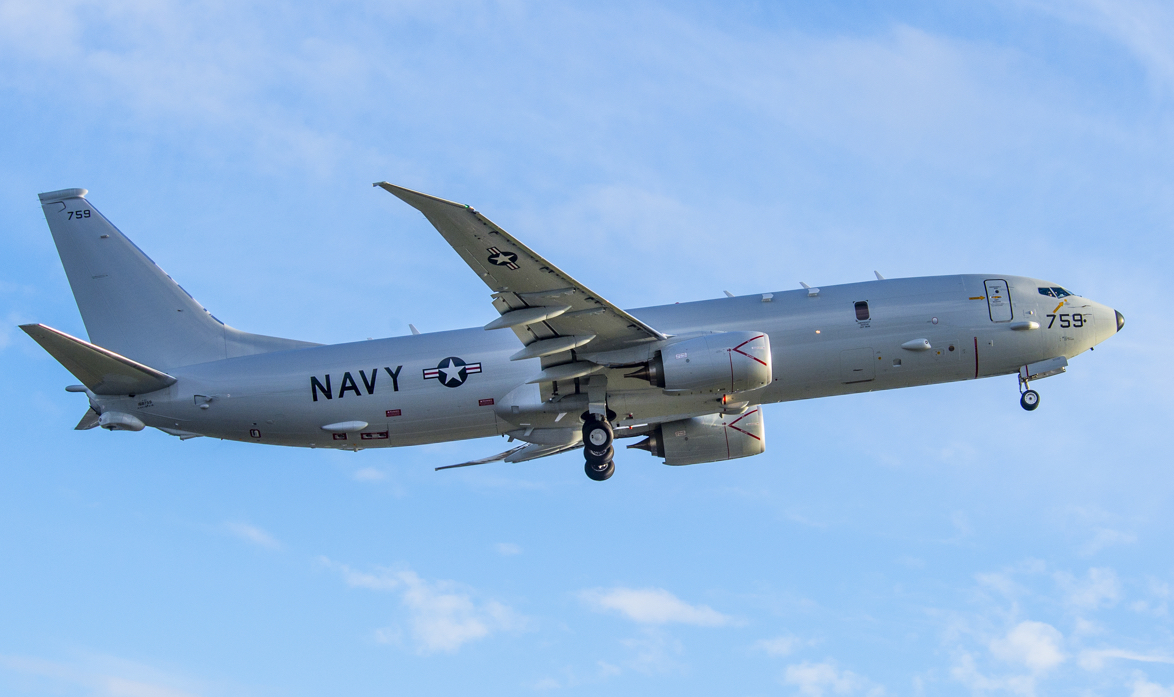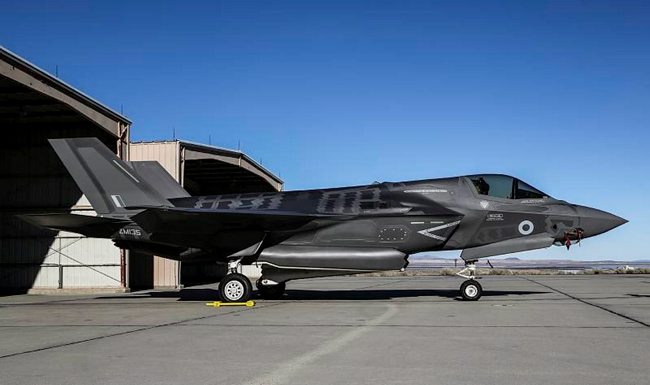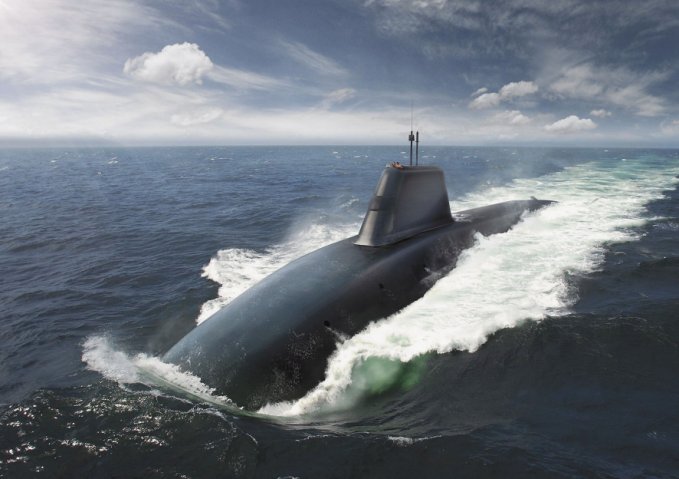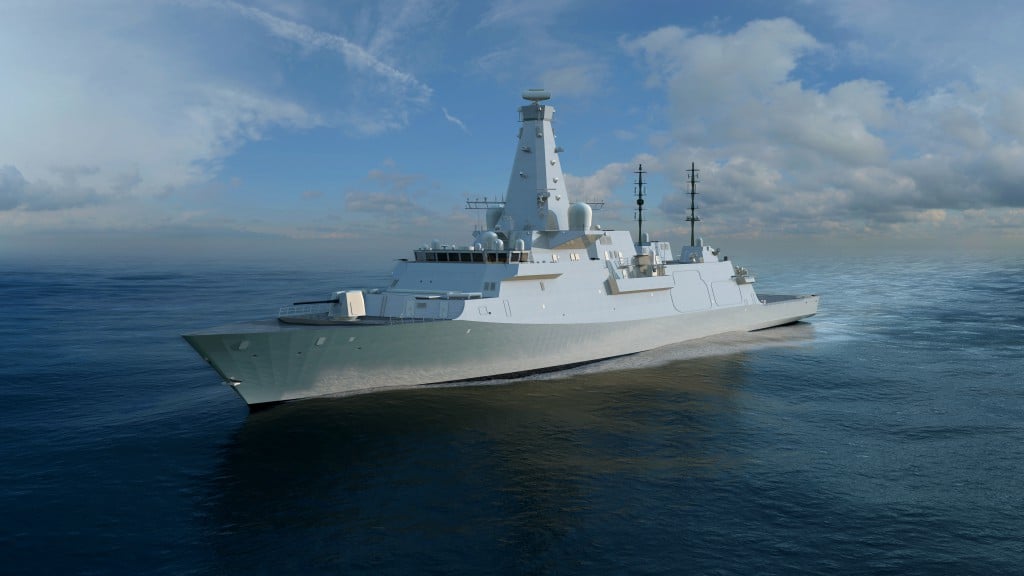
CORRECTION: A previous version of this post stated the incorrect number of planned Type 26 frigates for the Royal Navy. The U.K. anticipates building eight of the new ship class, not five.
LONDON — Five years after a cash-strapped Great Britain retired the last of its Hawker Siddeley Nimrod MR2 maritime patrol aircraft from frontline duty, Prime Minister David Cameron on Monday announced a belated replacement for the vital capability—in the shape of nine Boeing P-8 Poseidon aircraft.
The move was a highlight of the latest Strategic Defence and Security Review, which will see the United Kingdom spend an estimated $270 billion on military equipment and support over the coming decade.
At least three Poseidons will be flying in Royal Air Force colors by 2020, Cameron told the House of Commons, confirming that the RAF will be the P-8’s third export customer after India’s navy and the Australian air force.
He also confirmed that Britain will buy 138 F-35 Lightning II strike fighters from Lockheed Martin, confounding observers who had predicted that numbers would be slashed as development costs of the fifth-generation stealth jet threatened to spiral out of control.

Instead of cutting back, the procurement tempo for the F-35B short take-off vertical landing (STOVL) aircraft will in fact be stepped up in the early 2020s as the Royal Navy’s two new Queen Elizabeth-class carriers enter service. The Lightning will be operated jointly by the RAF and the navy’s Fleet Air Arm.
As far as the subsurface fleet is concerned, the National Security Strategy and Strategic Defence and Security Review 2015 revealed a steep rise in the cost of replacing the Vanguard-class ballistic nuclear missile submarines (SSBN) —another key U.K. defense program with major U.S. involvement.
Although Cameron made no mention of it in Parliament, scrutiny of the NSS+SDSR document indicates that the Successor SSBN design phase will cost $5.9 billion and that manufacturing the four new Trident deterrent boats will cost almost $47 billion over the next 20 years, up from the previous construction estimate of $38 billion.

Not only has London earmarked an additional $15 billion as a contingency fund to meet further unexpected cost increases in the SSBN program, but the development timeframe has also been pushed several years to the right: the first Successor boat is not now due to enter service until the early 2030s, instead of 2028 as previously planned.
Turning to the surface fleet, the government says it “will also investigate further the potential of the Type 45 destroyers to operate in a BMD [ballistic-missile defense] role.”
While purely a domestic program, Cameron said that the 13 existing Type 23 frigates will be replaced by eight advanced Type 26 combatants optimized for anti-submarine warfare plus at least five lighter and “more affordable” ships intended to appeal to overseas customers. That new design should also allow the navy to expand its frigate/destroyer force beyond the 19 hulls currently afloat.
The service is also set to acquire two more offshore patrol vessels, three new logistic support ships and 400 extra personnel under NSS + SDSR 2015.

But it is the Poseidon MPA buy that will be most welcome by critics of the 2010 SDSR, which was conducted as Cameron’s then newly elected Conservative-led government battled to control public spending that had rocketed under the previous Labour administration.
To be based at Lossiemouth in Scotland, the P-8s will fill the gap left by the early withdrawal of the Nimrod MR2 patrol aircraft and the destruction of the MR4A airframes that were being built to replace them.
Although BAE Systems $6 billion MR4A program was years behind schedule and hugely overspent, critics warned that scrapping the RAF’s maritime patrol and surveillance capability was playing with fire. Indeed, allies including Canada, France and the United States have all provided assets to temporarily plug the void and help track the Russian submarines that stray into U.K. waters.
Details of the P-8 weapons and sensor fit were not provided in Monday’s announcement, other than a brief reference to torpedoes, radar and sonobuoys.
However, Cameron said the procurement would enable the United Kingdom and the United States to “provide protection to each other’s aircraft carriers and further improve our interoperability in anti-submarine warfare, while also providing efficiencies in basing and support.”





